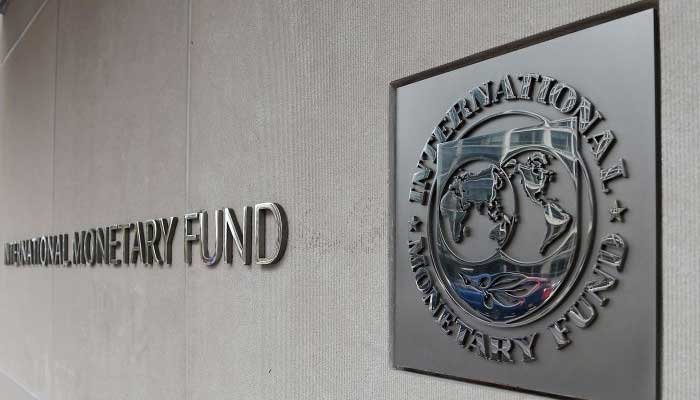










Pakistan, currently facing an unprecedented financial crisis since gaining independence in 1947, is set to become the fourth largest borrower from the International Monetary Fund (IMF). The nation’s debt burden will deepen with a new loan of USD 3 billion as part of a standby arrangement with the IMF. As of March 31, 2023, Pakistan ranked fifth on the list of countries relying heavily on IMF borrowing, according to data released by the IMF and reported by The Express Tribune newspaper.
However, with the upcoming disbursement of an additional USD 3 billion, Pakistan will move up to the fourth position on this list. It’s important to note that while the agreement has been reached, it is yet to be formally sanctioned by the IMF’s board. This delayed deal marks a crucial step in Pakistan’s ongoing efforts to address its economic challenges.
Among countries receiving loans from the International Monetary Fund, Argentina holds the top position with USD 46 billion, followed by Egypt with USD 18 billion and Ukraine with USD 12.2 billion. Ecuador currently ranks fourth with USD 8.2 billion, while Pakistan is in fifth place with USD 7.4 billion.
However, with a new loan agreement worth USD 10.4 billion, Pakistan is expected to surpass Ecuador, becoming the world’s fourth-largest borrower from the IMF. Pakistan is currently grappling with a balance of payments crisis due to the impact of the conflict in Ukraine and internal challenges. Despite having 93 countries indebted to it, Pakistan is among the top 10 debtors of the IMF, accounting for 71.7 percent of the total outstanding balance of USD 155 billion.
Among Asian countries, Pakistan holds the distinction of being the largest borrower from the IMF, surpassing countries such as Sri Lanka, Nepal, Uzbekistan, the Kyrgyz Republic, Armenia (West Asia), and Mongolia. According to IMF statistics as of March 31, 2023, the IMF had disbursed loans totaling USD 155 billion or USD 115.2 billion special drawing rights (SDRs) to stabilize global financial conditions and provide assistance to struggling economies.
This monetary amount was calculated based on the IMF’s data on the value of an SDR on March 31, which was valued at USD 1.345. The IMF utilizes the SDR as a standardized unit of account to evaluate the value of the support it provides to member countries.
In August 2022, the IMF granted a loan of USD 1.1 billion to Pakistan as part of a larger program worth USD 6.5 billion, which had been agreed upon in July 2019. The report highlights that only 19 member countries of the IMF have outstanding debts exceeding USD 1 billion.
Given Pakistan’s prominent position on the list of International Monetary Fund borrowers, it is imperative to prioritize sustainable development efforts that will extricate the country from its debt burden, rather than merely celebrating the approval of a loan through the IMF’s stand-by arrangement. According to the report, a comprehensive plan should be implemented to propel Pakistan in the desired direction.
The country has received a higher-than-anticipated amount of USD 3 billion in funding through the Stand-By Arrangement (SBA), which will be disbursed over a period of nine months. This exceeds the expectations for financial assistance to Pakistan.
Previously, Pakistan had been eagerly anticipating the release of the remaining USD 2.5 billion from a bailout package totaling USD 6.5 billion, which was agreed upon in 2019 but expired on June 30. Over the past several years, Pakistan’s economy has been in a state of decline, placing immense strain on the impoverished population due to uncontrollable inflation, making it exceedingly difficult for a significant portion of the people to meet their basic needs.
In recent times, Pakistan has confronted numerous challenges, including the catastrophic floods that occurred last year as well as the surge in commodity prices following the conflict in Ukraine. The floods in Pakistan resulted in the loss of more than 1,500 lives, the destruction of millions of homes, extensive damage to agricultural land, and billions of dollars in economic losses.









